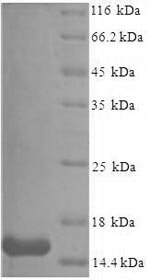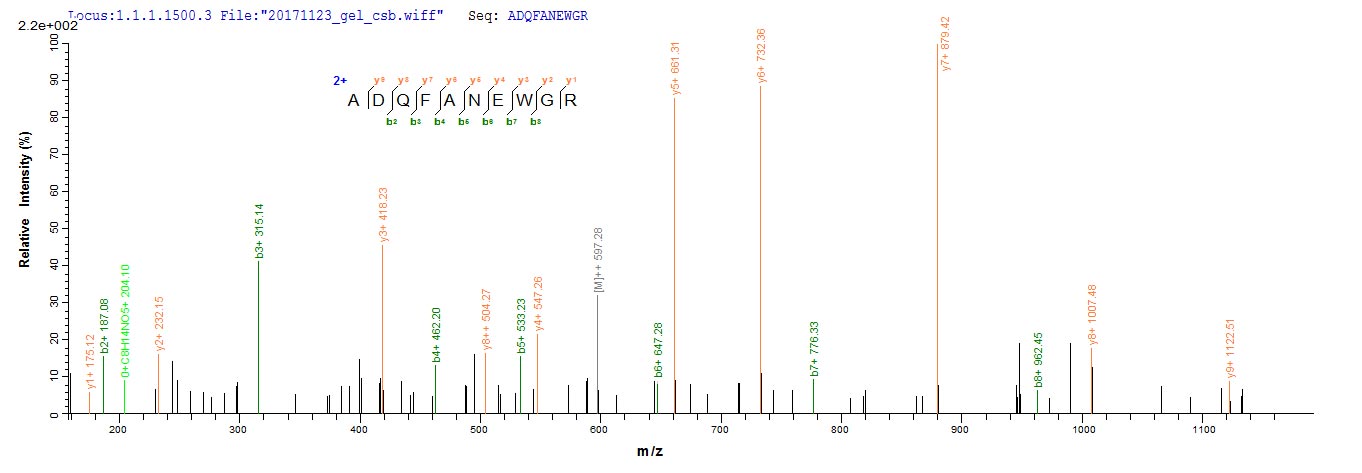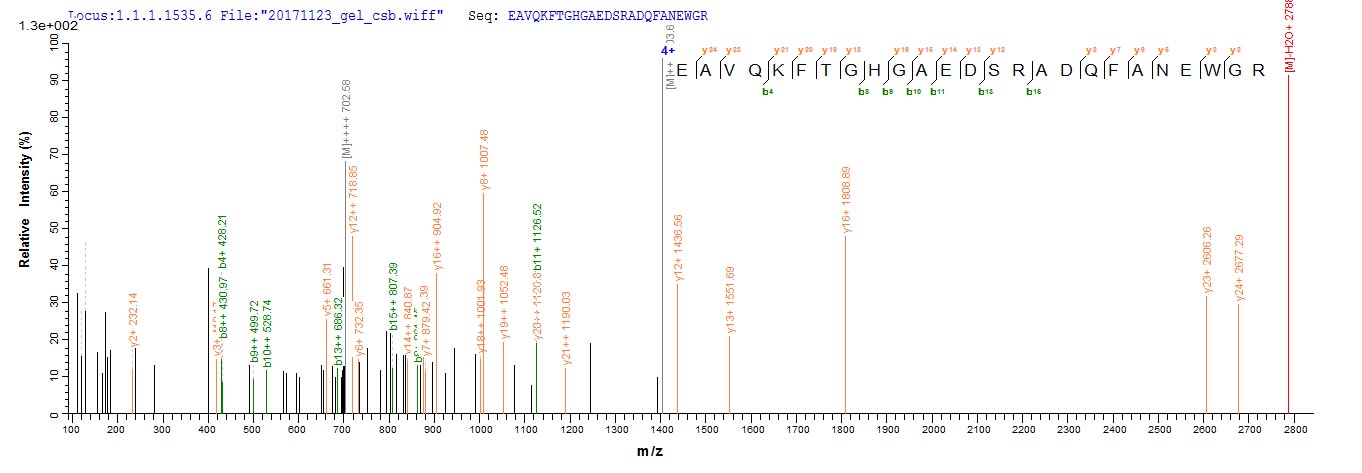The preparation of this recombinant Mouse Saa3 protein was to use gene recombination DNA technology to obtain a recombinant vector connected with a Saa3 fragment (20-122aa) that could be translated into the Saa3 protein and then transferred it into E.coli cells to express the recombinant Saa3 protein molecule. In order to get the target protein with high purity, N-terminal 6xHis tag was used in the production. The purity is 90% determined by SDS-PAGE.
Serum amyloid A3 (Saa3) derives mainly from extrahepatic tissue and is not detected in plasma from moderately inflamed obese mice. In contrast, it is present in plasma from mice acutely inflamed by injection of high dose of lipopolysaccharide (LPS). To reconcile these differences, we evaluated whether different acute inflammatory stimuli could affect the presence of Saa3 in plasma. Saa3 appeared dose dependently in plasma after LPS injection. In contrast, only very low levels were detected after sterile inflammation with silver nitrate despite levels of Saa1 and Saa2 being comparable to high dose LPS. Saa3 was not detected in plasma following casein administration. Although most Saa3 was found in HDL, a small amount was not lipoprotein associated. Saa3 is commonly regarded as an extrahepatic form of Saa secreted by cells such as macrophages and adipocytes in species such as mice, although it also can be made at low levels by hepatocytes. SAA3 is a pseudogene in humans and some primates because of a frameshift mutation that generates a downstream stop signal, such that no SAA3 mRNA or SAA3 protein has been identified in humans.








